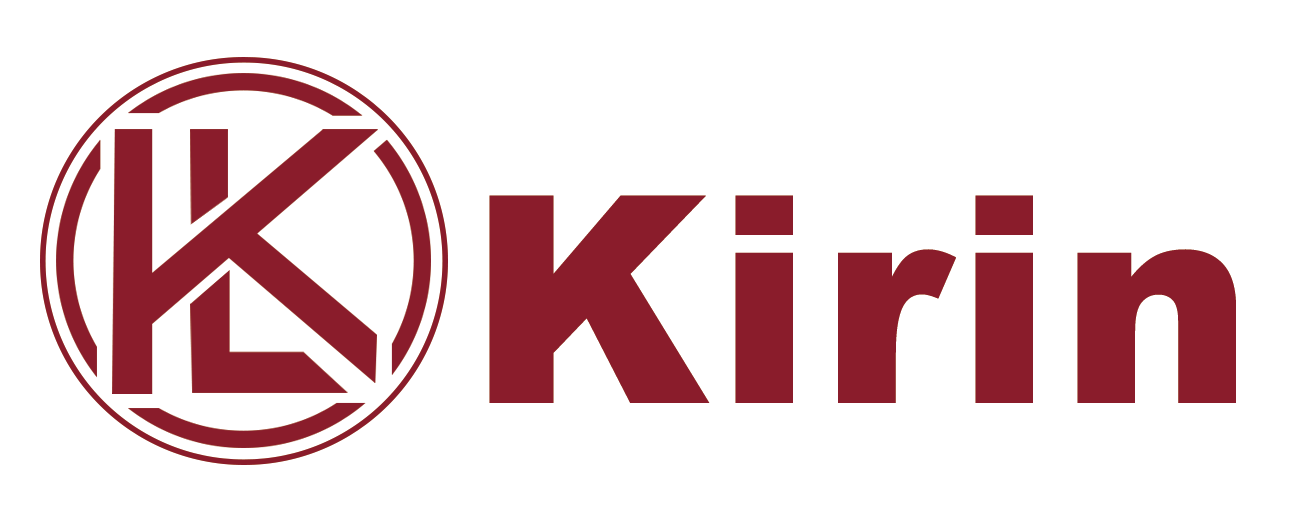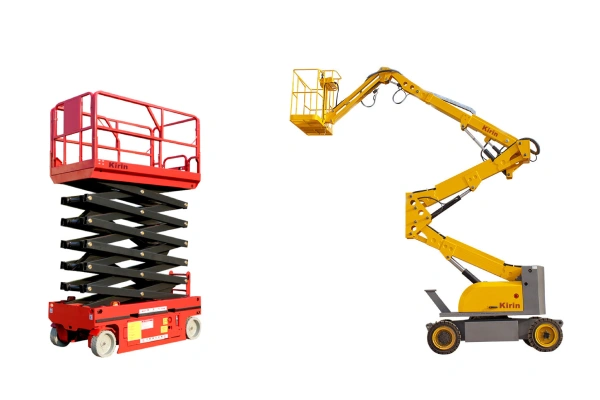When it comes to working at height, choosing the right equipment can make all the difference in safety, efficiency, and project success. While there are various types of aerial work platforms available, the articulated boom lift stands out for a very compelling reason: its unparalleled maneuverability and “up-and-over” capability.
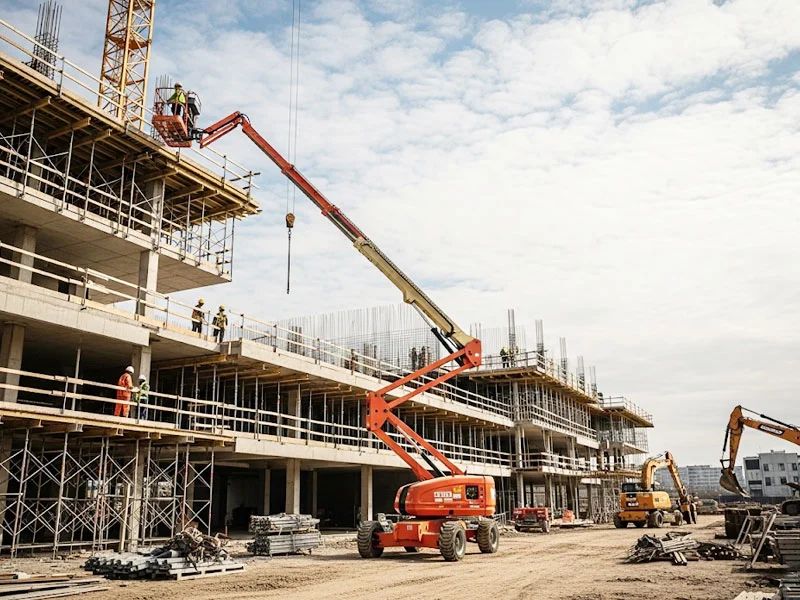
The Core Advantage: Unparalleled Maneuverability and “Up-and-Over” Capability
The defining characteristic of an articulated boom lift is its multi-jointed arm, resembling an arm with an elbow and shoulder. Unlike telescopic boom lifts that extend in a straight line, the articulated boom lift can bend and articulate at several points. This unique design grants it an incredible advantage in navigating complex environments.
Navigating Obstacles:
Imagine a construction site with various obstructions – pipes, structural beams, machinery, or even uneven terrain. A traditional straight boom lift might struggle to reach a work area directly behind such obstacles. This is where the articulating boom lift shines. Its ability to “bend” allows operators to go up, over, and around impediments, providing direct access to the work platform without the need to constantly reposition the entire machine. This saves valuable time and reduces potential hazards.
Accessing Hard-to-Reach Areas:
From intricate industrial facilities to tree trimming operations, there are countless scenarios where work areas aren’t easily accessible from a straight-line approach. An articulating boom lift can reach into tight corners, under eaves, or over existing structures with remarkable precision. This “up-and-over” capability is a game-changer for maintenance, installation, and repair tasks in challenging locations.
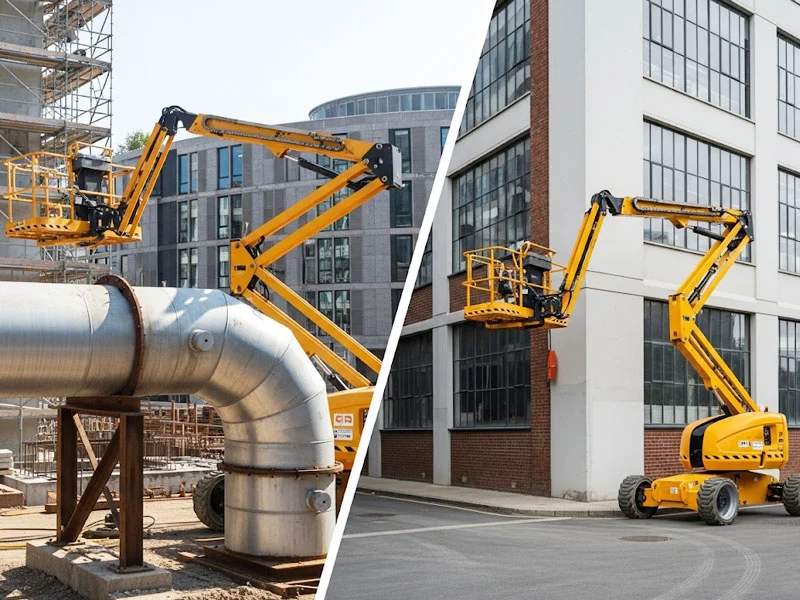
Versatility Across Job Sites
The adaptability of an articulating boom lift makes it a highly versatile piece of equipment suitable for a broad spectrum of applications.
Indoor and Outdoor Applications:
Many models of articulated boom lifts are designed for both indoor and outdoor use. Electric or hybrid indoor boom lift models offer quiet, emission-free operation, making them ideal for warehouses, convention centers, and other enclosed spaces where air quality is a concern. Larger, more robust diesel-powered articulated boom lifts are perfect for outdoor construction, industrial, and utility projects.
Wide Range of Industries:
The versatility extends to the industries that benefit from these machines. You’ll find articulated boom lifts in construction, facilities maintenance, painting, electrical work, HVAC installation, tree care, sign erection, and even film production, highlighting their widespread utility.
Enhanced Safety and Efficiency
By enabling operators to reach work areas more directly and precisely, the articulating boom lift contributes significantly to enhanced safety and efficiency on the job site. Less repositioning means fewer movements, reducing the risk of accidents. Furthermore, the ability to position the platform exactly where needed minimizes the need for awkward reaches or dangerous maneuvers, allowing workers to perform tasks more comfortably and effectively.
Compact Design and Portability (for certain models)
While there are large articulated boom lift models, such as a 60 ft articulating boom lift, many models also boast a surprisingly compact design when stowed, especially compared to some telescopic booms of similar reach.
Navigating Confined Spaces:
The compact nature of many articulating boom lift models allows them to navigate through doorways, narrow aisles, and other confined spaces that might be inaccessible to larger, less maneuverable equipment. This is particularly beneficial for indoor work or sites with limited access points.
On-Site Maneuverability:
Even larger articulated boom lift sizes can often maneuver more easily around a job site thanks to their articulating arm, which allows for more flexible positioning without requiring excessive space for the entire machine’s footprint. If you’re looking for an articulated boom lift for sale, considering the various articulating boom lift sizes available is crucial for matching the machine to your typical work environments.
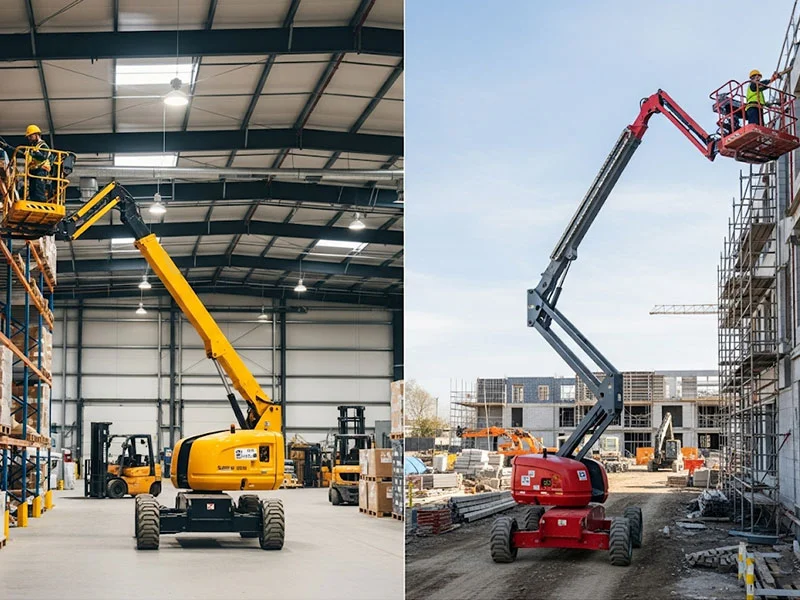
Conclusion
The primary advantage of an articulated boom lift lies in its exceptional maneuverability and “up-and-over” capability. This allows it to navigate obstacles and access hard-to-reach areas that other aerial work platforms simply cannot. This core benefit translates into increased versatility, enhanced safety, greater efficiency, and often, the ability to work effectively in confined spaces. Whether you’re considering an articulated boom lift for sale or simply learning about aerial work platforms, understanding the unique strengths of the articulated boom lift is key to making informed equipment choices for your projects.
FAQs
Q: What is the main difference between an articulated boom lift and a telescopic boom lift?
A: The main difference is the boom’s design. An articulated boom lift has multiple “knuckles” or pivot points that allow the boom to bend and articulate, enabling it to reach up, over, and around obstacles. A telescopic boom lift has a straight boom that extends and retracts telescopically.
Q: Are articulated boom lifts safe to operate?
A: Yes, when operated by trained and certified personnel following all safety guidelines, articulated boom lifts are safe. They come equipped with various safety features, including outriggers (on some models), emergency stop buttons, and platform leveling systems.
Q: Can articulated boom lifts be used indoors?
A: Yes, many models of articulated boom lifts are designed for indoor use, often featuring electric power for quiet and emission-free operation. These are commonly referred to as indoor boom lift models.
Q: What are common articulated boom lift sizes?
A: Articulated boom lift sizes vary widely, with platform heights ranging from under 30 feet to over 135 feet. A common size is the 60 ft articulating boom lift, but many other sizes are available to suit different job requirements.
Q: Where can I find an articulated boom lift for sale?
A: Articulated boom lifts for sale can be found through equipment dealerships, rental companies that sell off their used fleets, and online marketplaces specializing in heavy equipment.
